Introduction
Cauliflower, a versatile cruciferous vegetable, has become a staple in kitchens worldwide. From roasted florets to creamy soups, its mild flavor and adaptability make it a favorite. However, when it comes to stir-frying, a common question arises: Should you blanch cauliflower before tossing it into the wok? This debate pits texture enthusiasts against nutrient-conscious cooks, with cultural traditions and personal preferences adding layers to the discussion. This article explores the science, techniques, and culinary philosophies surrounding this question, offering insights to help you decide the best approach for your next meal.
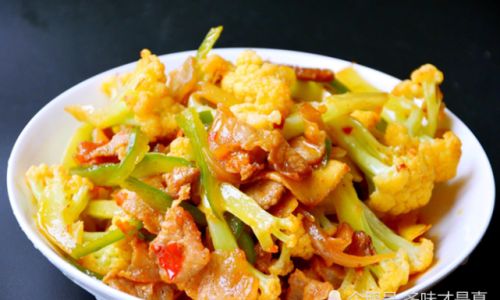
What Is Blanching?
Blanching involves briefly immersing vegetables in boiling water, followed by an immediate plunge into ice water—a process known as “shocking.” This technique serves multiple purposes: it softens textures, preserves vibrant colors, and halts enzyme activity that can lead to spoilage or bitterness. For cauliflower, blanching typically lasts 2-3 minutes, just enough to tenderize the florets without turning them mushy. The ice bath then stops the cooking process, ensuring the vegetable retains its crispness.
The Case for Blanching Before Stir-Frying
-
Texture Control
Cauliflower’s dense florets can be tricky to cook evenly. Stir-frying requires high heat and quick cooking, which might leave the exterior charred while the interior remains raw. Blanching pre-cooks the vegetable, ensuring uniform tenderness. This is particularly useful for recipes where the cauliflower is the star ingredient, such as in spicy Szechuan-style dishes or garlic-infused preparations. -
Flavor Enhancement
Blanching can mellow cauliflower’s subtle bitterness, creating a more palatable base for bold seasonings. By partially cooking the vegetable, blanching also allows it to absorb sauces and aromatics more effectively during stir-frying. This is especially beneficial in dishes where the cauliflower is marinated or coated in thick sauces, like teriyaki or oyster sauce. -
Nutrient Retention (Sort Of)
While blanching does cause some nutrient loss—particularly water-soluble vitamins like C and B-complex—it can also deactivate enzymes that break down nutrients over time. Additionally, blanching before stir-frying may reduce cooking time in the pan, minimizing further nutrient degradation compared to prolonged sautéing. -
Pesticide and Impurity Removal
Blanching can help eliminate surface pesticides and dirt, offering peace of mind to those concerned about food safety. This step is optional but recommended for conventionally grown cauliflower.
The Case Against Blanching
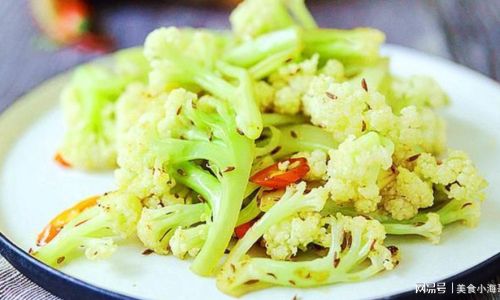
-
Nutrient Loss
The primary argument against blanching is nutrient leaching. Vitamins C and folate, which are heat-sensitive, can dissolve into the blanching water. A 2019 study in the Journal of Food Science found that blanching reduced vitamin C content in cauliflower by up to 30%. Skipping blanching preserves more of these micronutrients, making it a healthier choice for nutrition-focused cooks. -
Time and Convenience
Blanching adds an extra step to meal preparation. For busy weeknights, skipping this process can save 10-15 minutes. Additionally, it reduces the number of dishes (no need for a separate pot and ice bath), streamlining cleanup. -
Crispness and Flavor
Unblanched cauliflower retains a firmer texture, which some prefer in stir-fries. The high heat of the wok caramelizes the natural sugars, creating a slight char and nutty flavor that blanching might dilute. This method is ideal for dishes where texture contrast is desired, such as in Indian aloo gobi (potato and cauliflower curry) or Thai-inspired basil stir-fries. -
Cultural and Regional Preferences
In many Asian cuisines, blanching is less common for quick stir-fries. Chefs often rely on precise heat control and cutting techniques to achieve perfect doneness. For example, in Cantonese cooking, cauliflower is sliced into thin florets and stir-fried over high heat to retain crunch, while in Indian households, it might be parboiled before being added to spicy gravies.
Alternatives to Blanching
-
Microwaving
A quick 2-minute microwave session can partially cook cauliflower, mimicking blanching without water loss. Place florets in a microwave-safe bowl with a tablespoon of water, cover, and cook on high. This method retains more nutrients than blanching but requires careful timing to avoid overcooking. -
Steaming
Steaming cauliflower for 3-4 minutes offers a gentler alternative to blanching. It preserves nutrients and texture while reducing the risk of waterlogging. However, it may not soften the vegetable as evenly as blanching.
-
Salt Soaking
Soaking cauliflower in salted water for 30 minutes can draw out bitterness and tenderize the florets slightly. This method is slower but adds no extra steps during cooking.
Nutritional Showdown: Blanched vs. Unblanched Cauliflower
A 100g serving of raw cauliflower contains approximately:
- 25 calories
- 2g fiber
- 48mg vitamin C (80% DV)
- 61mcg folate (15% DV)
After blanching, vitamin C drops to around 34mg (57% DV), while folate remains relatively stable. However, stir-frying without blanching retains slightly higher nutrient levels, assuming minimal cooking time. For those prioritizing vitamin C, raw cauliflower (e.g., in salads) is best, but stir-frying without blanching strikes a balance between flavor and nutrition.
Recipes and Techniques: Blanched vs. Unblanched
Recipe 1: Blanched Cauliflower Stir-Fry with Soy-Ginger Sauce
Ingredients:
- 400g cauliflower, cut into florets
- 2 tbsp vegetable oil
- 3 garlic cloves, minced
- 1 tbsp ginger, grated
- 3 tbsp soy sauce
- 1 tbsp rice vinegar
- 1 tsp honey
- 1 red chili, sliced (optional)
Instructions:
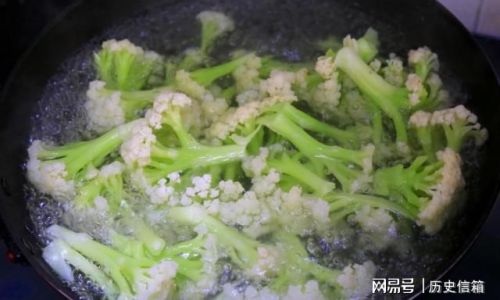
- Blanch cauliflower in boiling water for 2 minutes, then shock in ice water. Drain well.
- Heat oil in a wok over high heat. Stir-fry garlic and ginger for 30 seconds.
- Add cauliflower and stir-fry for 3-4 minutes.
- Mix soy sauce, vinegar, and honey; toss with cauliflower.
- Garnish with chili and serve.
Recipe 2: Unblanched Spicy Cauliflower Stir-Fry
Ingredients:
- 400g cauliflower, sliced thinly
- 2 tbsp coconut oil
- 1 onion, diced
- 1 tbsp curry powder
- 1 tsp turmeric
- 1 tomato, chopped
- Salt to taste
Instructions:
- Heat oil in a pan. Sauté onion until golden.
- Add curry powder and turmeric; stir for 1 minute.
- Toss in cauliflower and tomato. Stir-fry on high heat for 5-6 minutes.
- Season with salt and serve with rice.
The Role of Cutting Technique
Regardless of blanching, how you cut cauliflower matters. Thicker florets take longer to cook, increasing the risk of uneven doneness. For stir-fries, aim for uniform, bite-sized pieces (2-3cm). In Indian cuisine, cauliflower is often separated into tiny “trees” to expedite cooking, while Chinese chefs prefer larger florets for visual appeal.
Cultural Perspectives
In China, blanching is reserved for specific dishes like gong bao cauliflower, where tender texture is key. In contrast, Indian households rarely blanch before stir-frying, relying instead on spices and slow cooking to soften the vegetable. Western recipes often omit blanching, favoring a crisp-tender texture. Ultimately, the choice reflects culinary tradition as much as practicality.
Conclusion: Making the Right Choice for You
The decision to blanch cauliflower before stir-frying hinges on your priorities. If you seek tender, evenly cooked florets with enhanced flavor absorption, blanching is worth the effort. For a quicker meal with maximum nutrients and crispness, skip it. Experiment with both methods to discover your preference—you might even find that blanching suits certain recipes (like saucy dishes) while raw stir-frying works better for others (like spicy, dry preparations).
In the end, cooking is an art of adaptation. Whether you’re a blanching devotee or a minimalist cook, cauliflower’s versatility ensures there’s no wrong answer—only delicious possibilities.



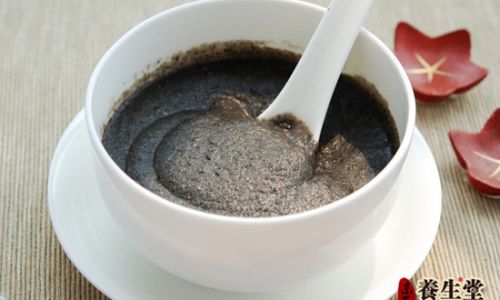
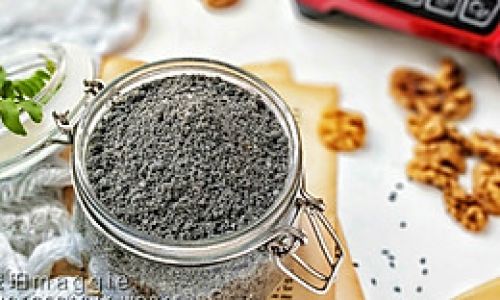
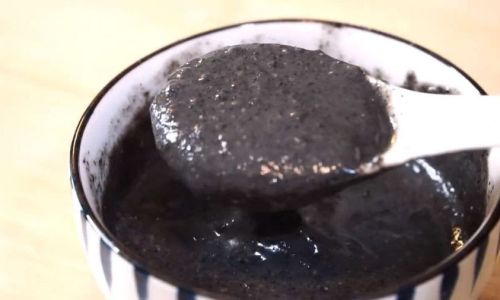
0 comments